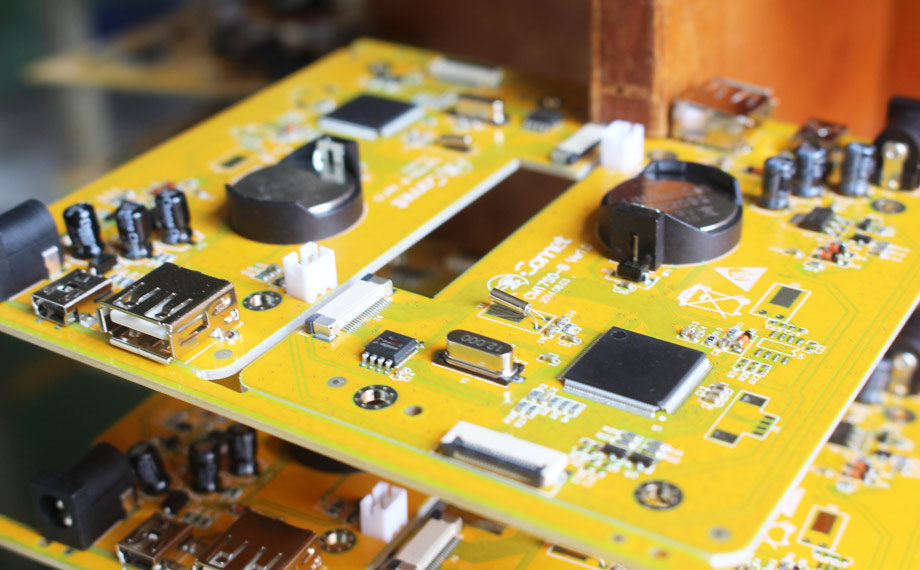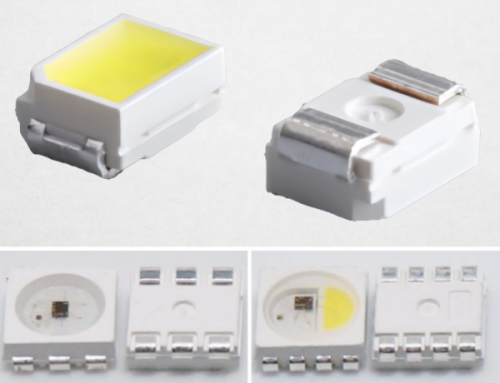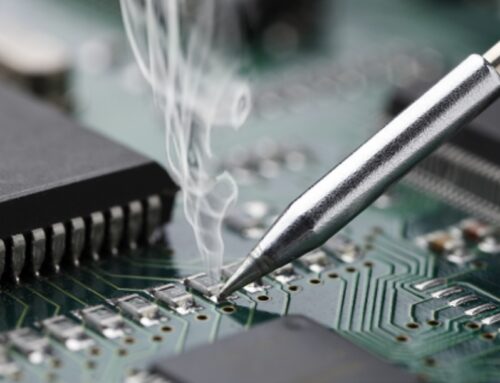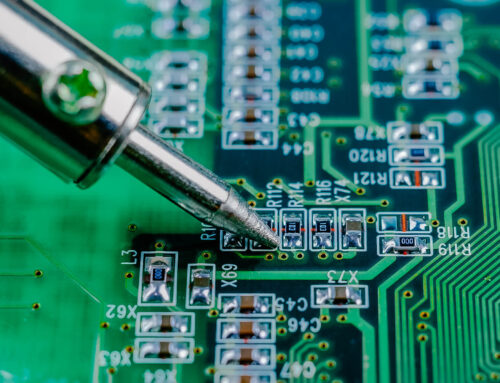DIP Production Welding Technology: The Essence
This article explains the DIP production workshop's significance in the printed circuit board assembly process from DIP production steps and the importance of DIP.

Table of Content
Preface
The DIP (Dual Inline Package) production workshop is an important part of electronics manufacturing.
Soldering and assembling electronic parts is a significant part of this process. This step is essential
in the production of electronic devices and products.
This article discusses the DIP process flow and its importance to electronic manufacturing.
DIP Soldering Process Overview
DIP welding is a process that inserts electronic components such as resistors and capacitors into
pre-designed holes on the printed circuit
board. The printed circuit board is pre-designed with holes.
Soldering is used to create electrical connections. This is a highly-technical process requiring the
operator to be extremely skilled and have sophisticated equipment.
The DIP Production Workshop: The Key Steps
1. Component Installation
The operator then inserts the electronic component into the holes on the PCB. They must be aligned and
placed accurately. This step is critical to the final performance of the product.
2. Soldering
Soldering is done after the components are mounted. It is usually done using wave soldering, or
immersion soldering.
Wave soldering involves immersing the PCB in
molten solder which is then used to solder the component leads.
Immersion soldering involves the use of hot air, infrared or heat to melt solder paste on pins that have
been pre-coated.
3. Cleaning and Inspection
After soldering the PCB, it is usually necessary to clean it to remove any residual solder paste.
Check the weld to make sure it is accurate and of high quality.
4. Labelling and Packaging
The final step is to package and label the electronic components. The next step in the manufacturing
process is to package and label the electronic parts.
The DIP Production Workshop Is Important
DIP production workshops play a crucial role in the electronic manufacturing industry. These are the
main advantages and values of DIP production workshop:
1. High Reliability
DIP soldering is a reliable method of connecting circuits. This is important for applications that
require long-term durability and stability.
DIP soldering is the industry standard due to its high reliability. No matter if you’re in the
consumer electronics industry, industrial applications or military fields.
DIP Soldering is a reliable and stable circuit connection for electronic devices. It provides a solid
base for many applications.
2. Applicability
DIP production is used for a wide range of PCBs, components and devices – from small electronic devices
up to complex industrial automation systems.
DIP production is a crucial process for the electronics industry due to its wide range of applications.
This process can be used on a variety of PCBs and components.
The system can be adapted to suit different applications and performance requirements. It provides
reliable assembly and connection solutions for electronic devices manufacturing.
3. Efficiency and Cost-Effectiveness
The DIP soldering method is more cost-effective and simpler to manage. Design the DIP production process
carefully to maximize efficiency. Optimize each step, from component insertion to soldering and cleaning
to inspection and cleaning. This ensures orders are completed in a timely manner.
DIP production offers outstanding cost effectiveness. Comparing DIP production to other advanced
soldering techniques, like surface mount technology (SMT), is a great advantage. DIP production has
typically lower operating and investment costs.
4. Combining Tradition with Modernity
DIP production uses both modern automation and control technologies.
The manufacture of PCBs and other components is often done using advanced tools, such as computer-aided
designs (CAD) or computer numerical control machines (CNC).
DIP production is a reliable process that inherits the reliability and flexibility of traditional
processes. It provides electronic component manufacturing solutions to various applications.
Conclusion
DIP production is at the heart of electronic manufacturing. It provides reliable circuit assembly and
connection. DIP soldering continues to advance the electronic field through fine process control and
advanced technology. It is essential to the reliability and performance of electronic devices. This
ensures a solid base for all electronic products.
related Posts
Contact us
WhatsApp: +86-13570802455
Wechat: +86-13570802455
Teams: alek_youte
Email: sales@yt-electronic.com










